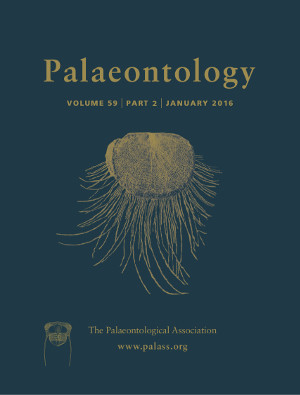Reg. Charity No. 1168330

Electron backscatter diffraction (EBSD) originated in materials science and has transferred to biomineral research providing insight into fossil and modern biominerals. An electron microscopy technique, EBSD requires a fine polished sample surface where the electron beam diffracts in the first few lattice layers, identifying mineral, polymorph and crystallographic orientation. The technique is particularly well suited for the analysis of modern and fossil calcium carbonate biominerals, where it provides key insight into biological control of mineral formation such as in molluscs and brachiopods. EBSD readily identifies original and secondary mineralogy, which helps to inform our understanding of biomineral evolution such as the identification of original aragonite in Silurian trimerellid brachiopods. As a technique to identify and thus avoid the inclusion of secondary minerals in proxy organisms such as corals, EBSD can be used to ensure accuracy of palaeoproxy data. Even when fossil systems have no modern equivalents, EBSD can provide key data to determine functional mechanisms such as in the lenses of schizochroal eyes of phacopine trilobites. These few examples illustrate that EBSD is proving to be a valuable component of the palaeontology toolkit.